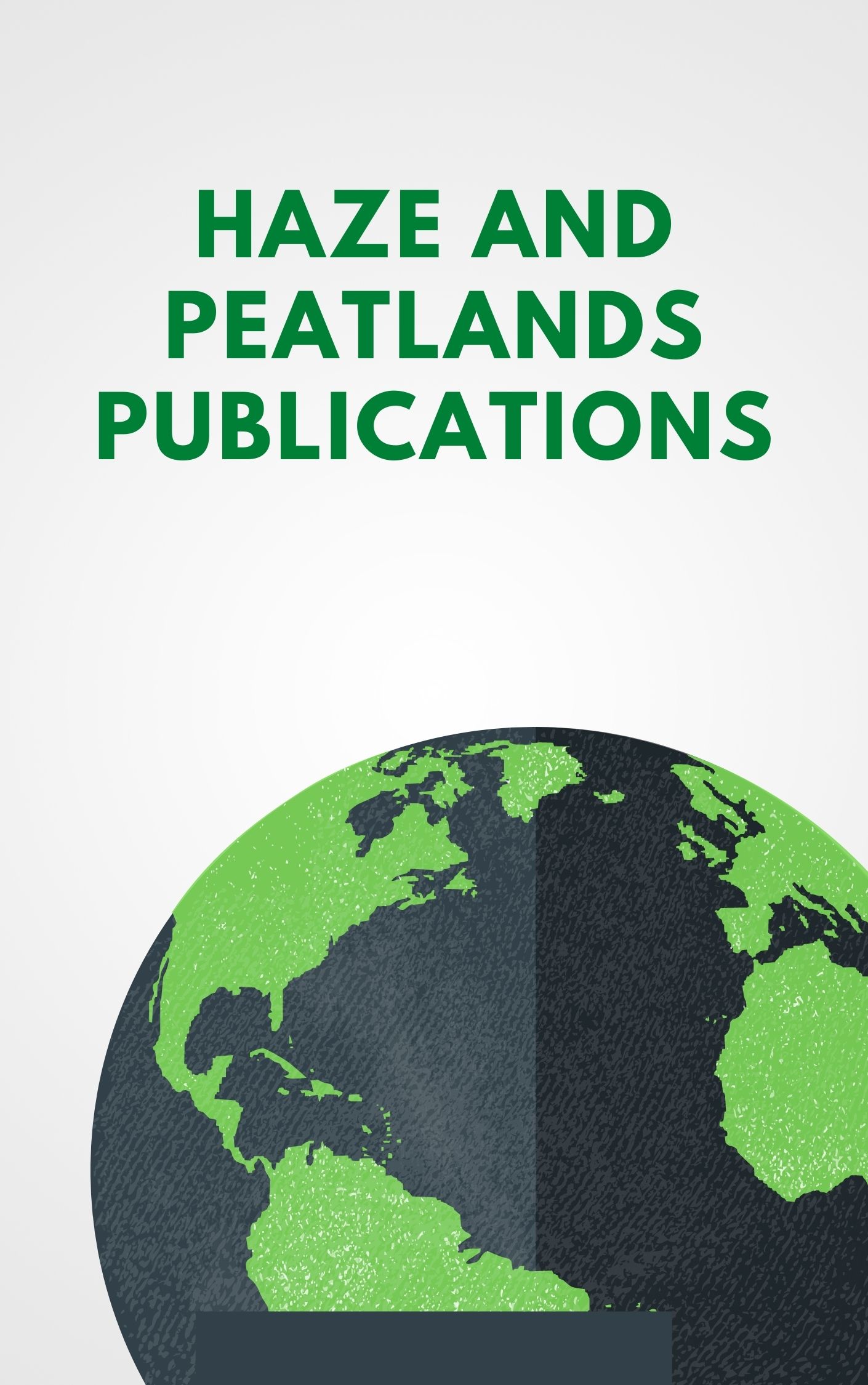Acacia mangium was planted on a large scale in the 1990s as it was thought to be the solution for afforestation in Sarawak. However, the trees are now being decimated by fungal diseases which attack its stem and its roots. The genetic variability of the species is limited and thus, there is little hope of saving the species through selection for resistance or tolerance. Hybridisation with A. auriculiformis holds some promise though, as witnessed in Vietnam. Selected hybrids show resistance to some of the diseases, grow well and can easily be propagated by vegetative means. The switch to A. crassicarpa presently holds much promise for poor and peat soils and some disease resistance, and there may be a few different acacia species still available for testing. Nevertheless, controlled hybridisation of the acacias is not easily accomplished. Except for the hybrid mentioned above, vegetative propagation is not easy, such as is with the eucalypts. The eucalypts (E. pellita, E. deglupta, E. brassiana, E. tereticornis var. tereticornis, possibly also E. leptophleba, especially Papua Island and northern Australian provenances) are a good starting point for eucalyptus cultivation in equatorial climates like Sarawak, along with the use of hybridisation and vegetative propagation. These species can form the pillar for selection, formation of landraces, hybridisation and vegetative propagation for the humid and hot equatorial climate. Eucalypts are more demanding on soil quality, but easy to hybridise and amenable to vegetative propagation and with a wide array of wood qualities. Their gene pools and the clones obtained can be widened with genetic inputs of a variety of other species being bred into eucalypts in sub-tropical regions where they are extremely successful. A wide genetic base and quick replacement for more productive and resistant clones form one of the bases for successful short-rotation forestry. About 25 additional species are suitable for hybridisation. Possibilities within the genus Corymbia are briefly discussed in this paper.
View source

